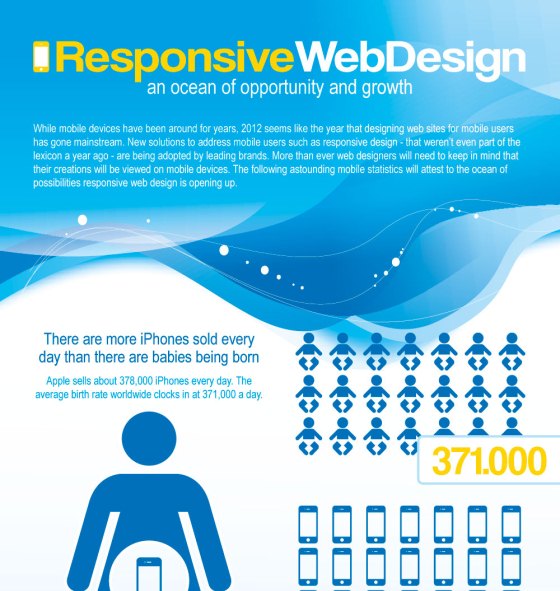Keen To Discover How Internet Site Style Has Transformed Over Time? Dive Into The Development From Simplicity To User-Focused Experiences.
Keen To Discover How Internet Site Style Has Transformed Over Time? Dive Into The Development From Simplicity To User-Focused Experiences.
Blog Article
Material By-Asmussen Gibbons
In the past, sites were easy and concentrated on details. Navigating was straight, and layout was for desktops. Currently, individual experience is crucial. Data overviews styles for very easy navigating. Receptive formats fit different devices. Today, dark mode minimizes stress, and minimalist food selections enhance navigating. Interactive attributes involve customers, and strong visuals attract attention. AI integration increases engagement. See how layout has actually advanced to improve your on the internet journey.
Very Early Days of Website Design
In the very early days of web design, simpleness preponderated. Sites were fundamental, with restricted shades, font styles, and formats. The focus got on providing information rather than flashy visuals. Users accessed the net through slow-moving dial-up links, so rate and capability were crucial.
Navigating menus were straightforward, commonly located on top or side of the page. Sites were made for home computer, as mobile surfing had not been yet common. Material was king, and designers prioritized simple readability over complex style components.
HTML was the primary coding language utilized, and designers had to function within its restraints. Computer animations and interactive features were minimal compared to today's standards. Websites were fixed, with little dynamic web content or individualized customer experiences.
Increase of User-Focused Layout
With the evolution of site design, a change in the direction of user-focused layout principles has become significantly prominent. Today, producing sites that focus on user experience is vital for involving site visitors and attaining company objectives. User-focused design entails understanding the demands, preferences, and actions of your target audience to tailor the website's design, web content, and includes appropriately.
Designers currently carry out extensive study, such as customer surveys and usability testing, to collect understandings and comments straight from individuals. This data-driven approach aids in developing intuitive navigating, clear calls-to-action, and visually attractive interfaces that reverberate with visitors. By putting the individual at the center of the layout process, websites can provide a more tailored and satisfying experience.
Responsive layout has additionally emerged as a vital element of user-focused design, ensuring that websites are enhanced for numerous tools and display sizes. https://www.forbes.com/sites/forbescommunicationscouncil/2021/09/14/whats-the-right-marketing-strategy-for-a-pandemic-and-post-pandemic-world/ improves access and use, satisfying the varied ways customers interact with websites today. Essentially, the increase of user-focused layout symbolizes a change towards creating digital experiences that prioritize the demands and assumptions of completion customer.
Modern Trends in Website Design
Explore the most up to date trends shaping website design today. One famous trend is dark setting layout, providing a smooth and modern appearance while reducing eye stress in low-light atmospheres. One more vital pattern is minimal navigating, streamlining menus and boosting individual experience by concentrating on essential elements. Including micro-interactions, such as computer animated switches or scrolling results, can develop a more appealing and interactive web site. Receptive design continues to be important, making sure smooth customer experiences across different tools. In addition, using vibrant typography and asymmetrical designs can include visual rate of interest and draw attention to details web content.
Integrating AI modern technology, like chatbots for client support or customized suggestions, boosts individual engagement and streamlines processes. Accessibility has additionally become a considerable trend, with designers focusing on inclusive design practices to cater to varied user demands. Accepting sustainability by maximizing site performance for rate and efficiency is an additional arising pattern in web design. Collaborating with customer responses and information analytics to repeat and enhance style continuously is crucial for remaining appropriate in the ever-evolving digital landscape. By accepting these modern-day fads, you can produce an aesthetically appealing, user-friendly site that reverberates with your target market.
https://franciscoxoypf.livebloggs.com/36131340/crafting-fascinating-advertisement-copies-for-your-pay-per-click-approaches
As you reflect on the advancement of website design from the very early days to now, you can see exactly how user-focused design has actually come to be the driving pressure behind contemporary patterns.
Welcome the journey of change and adjustment in web design, constantly maintaining the user experience at the leading edge.
Remain existing with the latest fads and modern technologies, and never ever stop advancing your strategy to develop aesthetically stunning and easy to use internet sites.
Evolve, adjust, and create - the future of web design remains in your hands.
